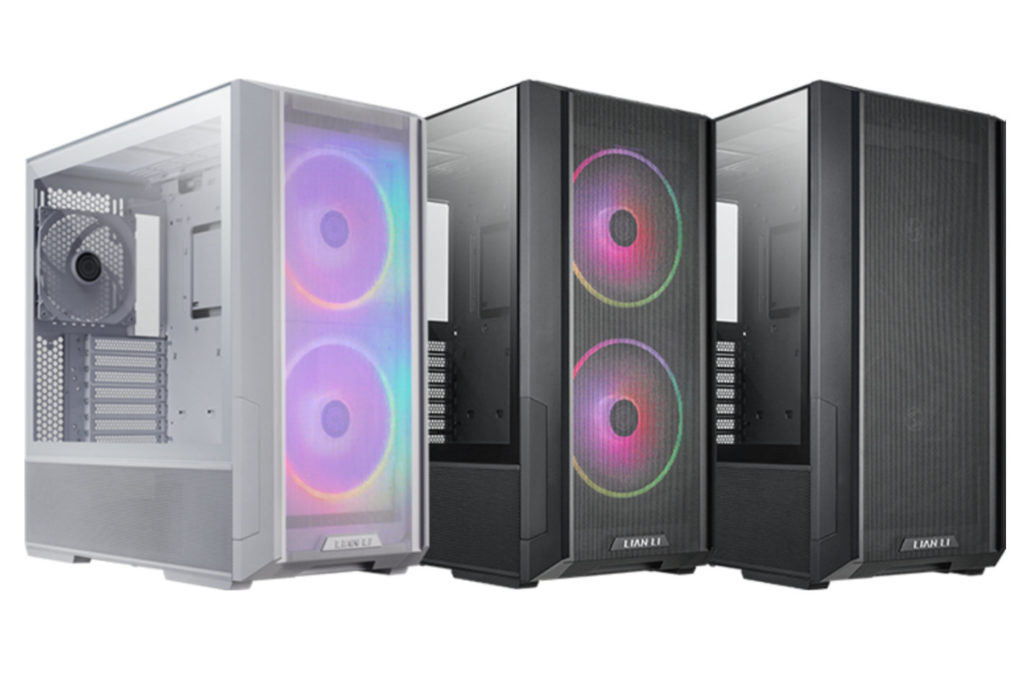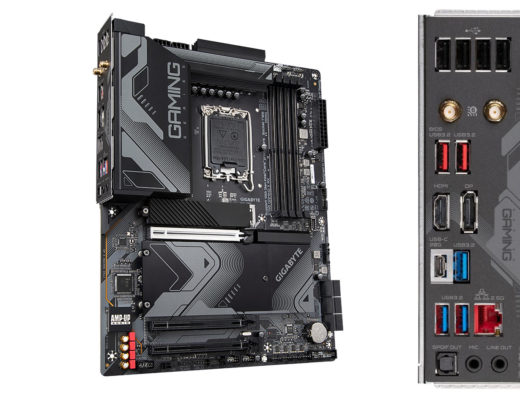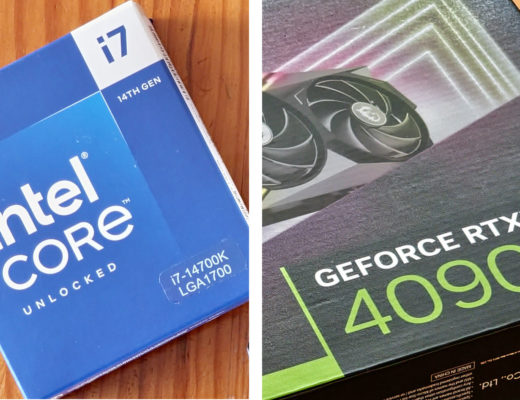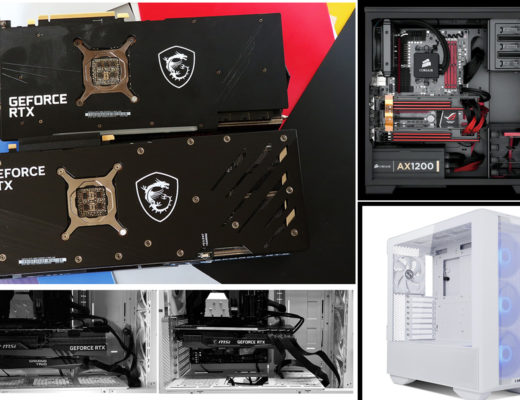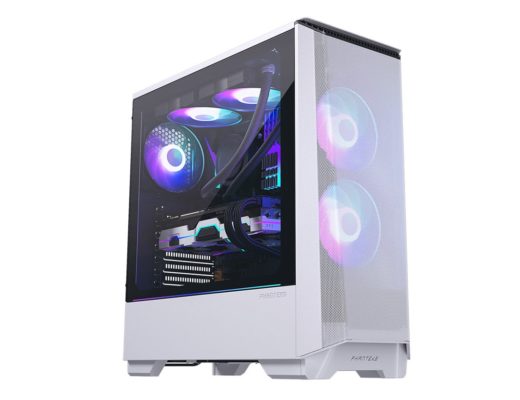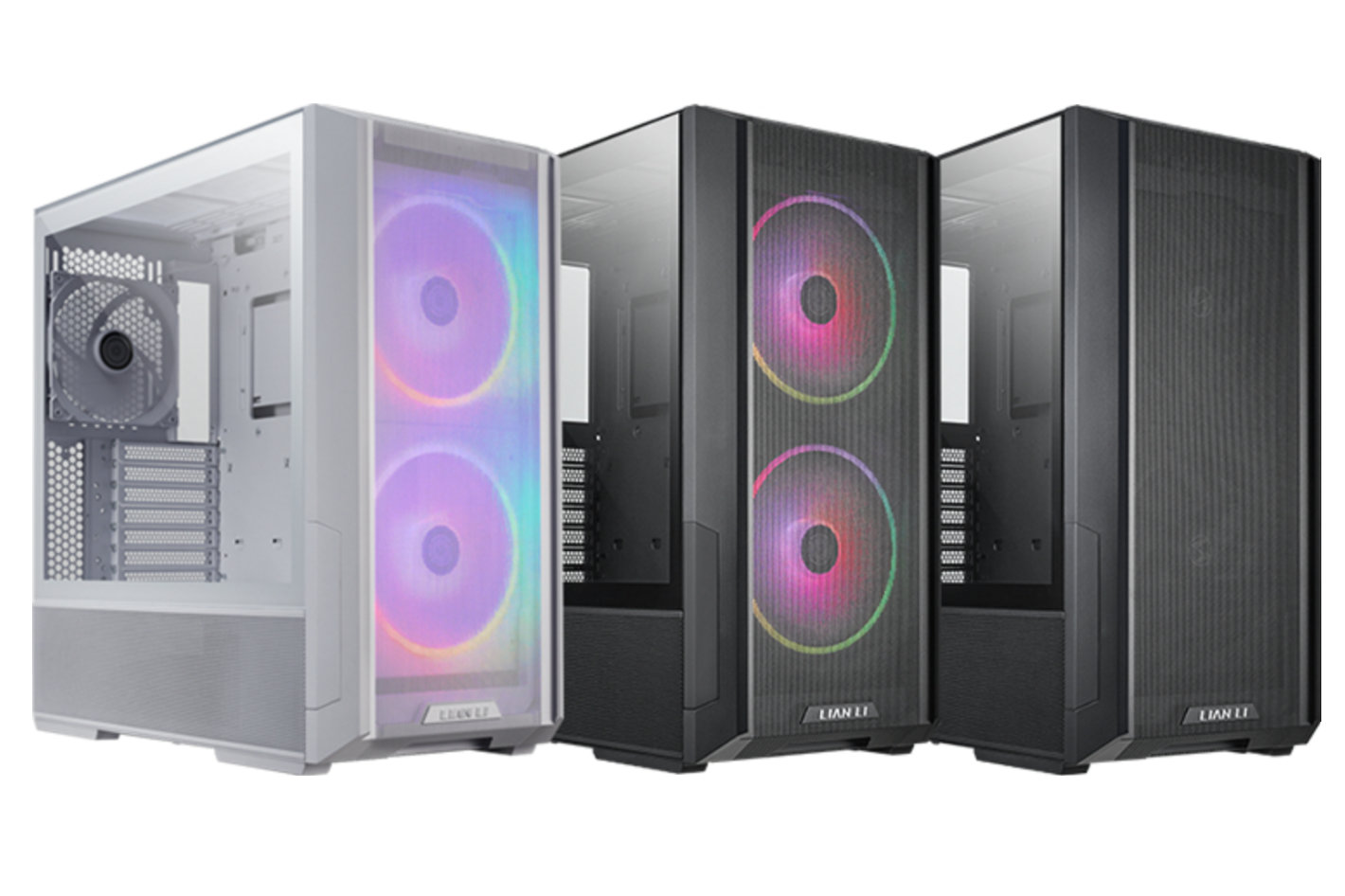
Picking a computer case is not just about choosing the right size for your motherboard and components but about picking a chassis that ensures proper airflow and cooling to prevent overheating.
Thermal management plays a crucial role when building a new computer. As some of the modern CPUs and GPUs can reach extremely high temperatures, thermal management is a crucial part of any build. With so many cases on offer, it’s difficult to choose one. Although many modern cases are sold based on their aesthetics, choosing the right computer case is more than just a matter of aesthetics. It directly impacts the performance, functionality, and compatibility of your system. A well-designed case ensures efficient airflow, easy access to components, and sufficient space for future upgrades. Plus, let’s not forget that a sleek and stylish case can make your rig the envy of your friends. In fact, it’s possible to achieve both goals with a single case, if you choose wisely.
Whether you’re a first-time builder or a seasoned enthusiast, understanding computer cases is key to creating a reliable and visually appealing system. Once you’ve defined the size of components such as the motherboard and graphics card, which are key in terms of the chassis size to use, it’s time to look for a case that not only protects them but offers good access to components, has good cable management solutions (essential to allow air to flow freely inside the case) and offers potential for future expansion. Consider the number of expansion slots and drive bays the case offers. If you plan on adding extra hard drives, SSDs, or PCI cards, you’ll need enough room to accommodate them.
For this build, designed to accept an ATX motherboard with an Intel i7-14700K CPU paired with a RTX 4090 GPU, I looked for a case able to fit the “monster” graphics cards that would also offer proper ventilation without having to use liquid coolers, as I rather have some noise from fans than to be afraid of water getting inside my computer chassis. As the system is not to be “overclocked” – no need to do it with the powerful CPU used – a case with good thermal management (also because of this CPU tendency to overheat) and options to add extra fans was all that I needed.
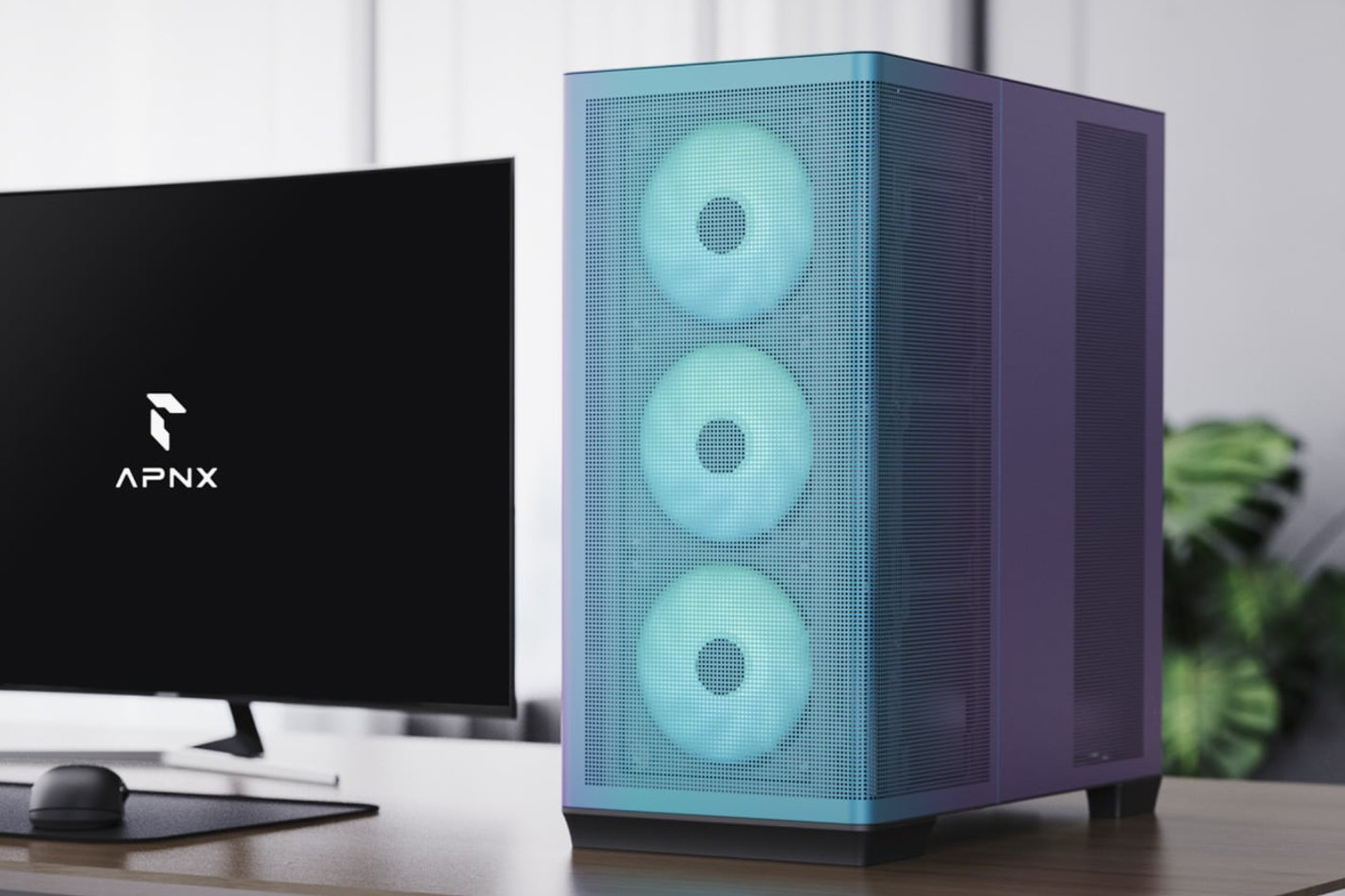 The Lancool III can be “overkill” for some users
The Lancool III can be “overkill” for some users
The first case I considered for this build was the APNX C1, a new design chassis that not only has good looks but offers, according to the company, improved “thermal efficiency with a one-piece ‘L’ shaped metal panel with a large mesh area that optimizes front and side airflow.” Designed for high-end components, able to accommodate the “latest gaming GPUs and the most powerful CPU coolers”, the Advanced Performance Nexus, equipped with premium APNX fans, “lets your high-end components breathe effortlessly within its carefully designed chambers”.
The mid-tower chassis, with support for ATX/Micro ATX/mini-ITX motherboards, is available in three colours – black, white and chromaflair. The metallic blue chromaflair looks very nice and for a while I imagined building this new PC inside it, but could not justify the $169.90 (some places even ask $219 for the same coloured case), especially when the LIAN LI Lancool III White used on a previous build costs $134.99 now (it did cost a bit more one year ago) and has more of everything in terms of space and a good airflow optimized mesh structure and immense options for upgrading, with 12 storage drives mounting locations and support for up to 420 radiator or 3 x 360 radiators and a maximum of 10 fans.
The LIAN LI Lancool III White can be considered “overkill” for some users, but having previously seen a build with the LIAN LI Lancool II I was curious to try the LIAN LI Lancool III when building a PC around the huge RTX 4090. As I wrote one year ago, “the LIAN LI LANCOOL III is a mid-tower that will allow you to have a system with multiple disks, both HDD and SSD while still leaving the center space free for everything else. It’s a dream case and not so much bigger than the Carbide 300R.”
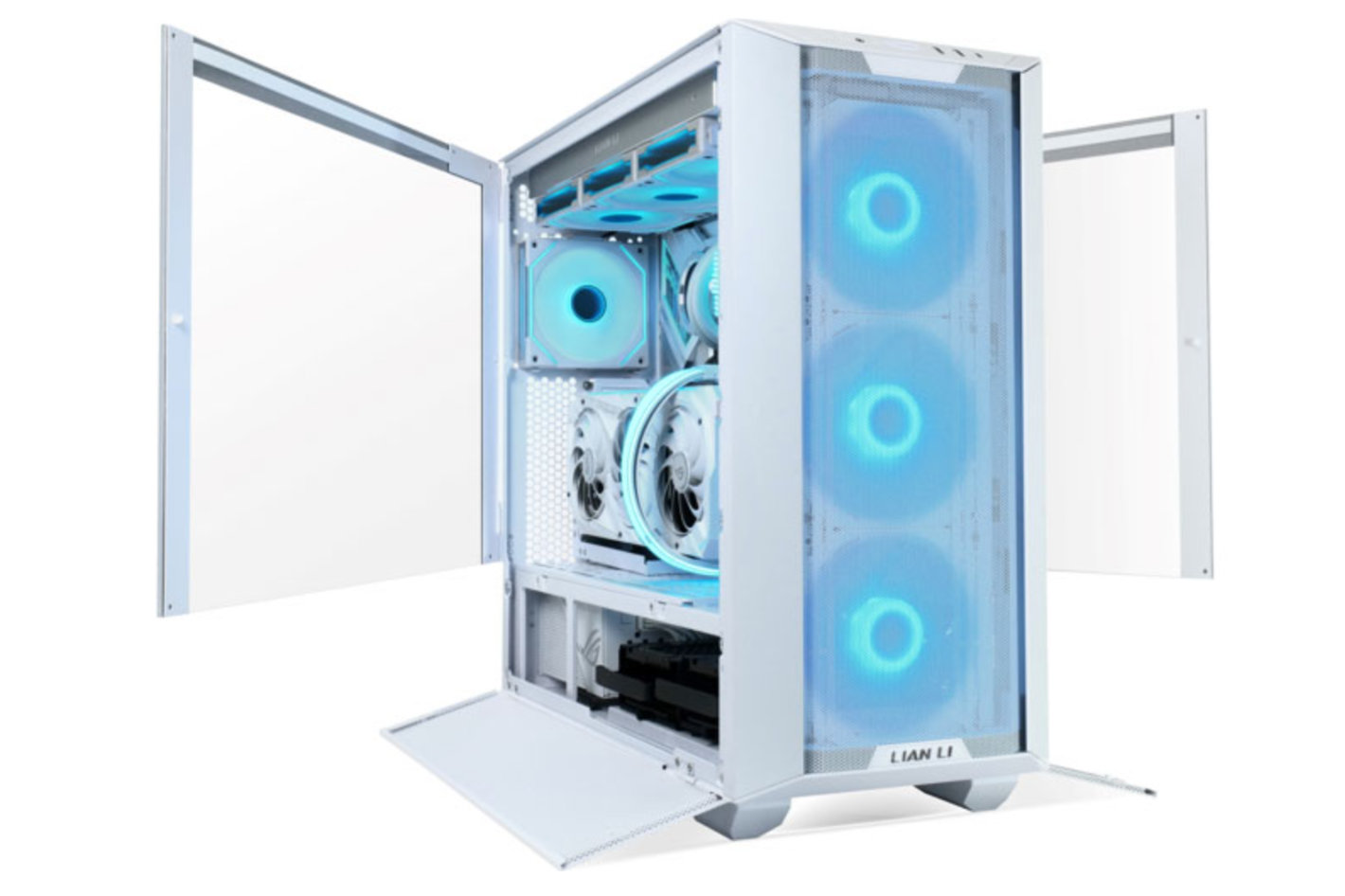 A mid-tower chassis configurable for water or air cooling
A mid-tower chassis configurable for water or air cooling
The LIAN LI Lancool III White represented a shift on my perspective about computer chassis, and the experience of building a PC using it determined that. Although now I looked at the options presented by the APNX C1 and the Asus ProArt Computer Cases, I searched LIAN Li’s catalog for a case that would fit my new PC build. I am very happy with the Lancool III, which has now six storage drives installed and still has lots of space left, but I wanted something less imponent, yet adequate for housing the Intel i7-14700K CPU paired with a RTX 4090 GPU with enough space for eventual expansions. It was not hard to find a solution!
An evolution of the Lancool 215 model, the Lancool 216 is a mid-tower chassis configurable for air cooling and water cooling, which is an interesting option in a computer case that costs $99.99 on the white version with RGB, and a little more, $129.99, if you want the version with a fancy fan controller available as an option. There is also a non-RGB version, priced at $96.99, but as the Lancool 216 does not have any light on the front panel showing it is working, I opted for the RGB version, as the coloured spinning fans show the PC is ON… and I can always deactivate the lighting if I want to!
Despite its – affordable – price, the Lancool 216 is packed with features, from 2 front 160 PWM fans (ARGB or non-RGB) and 1 rear 140mm PWM fan that keep the thermals within control. The two big 160mm fans, not common and even less so in cheap chassis, work well to keep temperatures within acceptable values, and the mesh panels on the top and front (and under the glass window on the side) help. Lian Li added an innovative rear PCIe fan bracket to maximize airflow that accepts a 120mm fan to cool the GPU from the back of the case. Although it’s not something I am using, it’s a good option for those who may need better cooling for the GPU and a greater intake/exhaust balance for the system.
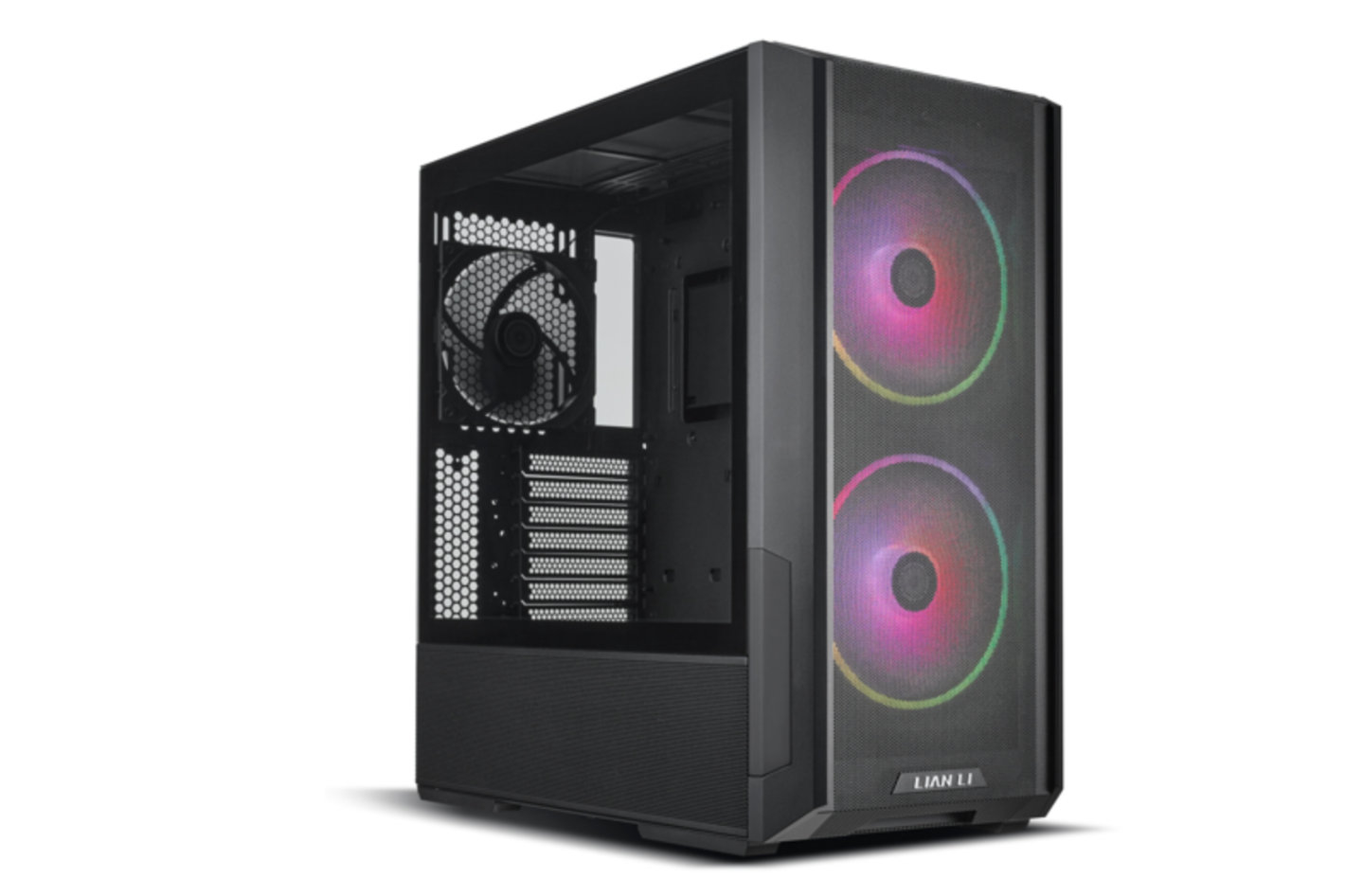 One of the best chassis I’ve ever seen
One of the best chassis I’ve ever seen
Able to support ATX, Micro-ATX, MINI-ITX motherboards, and E-ATX under 280mm in width (when the grommet bar is flipped 180°), the Lancool 216 has enough room for graphics cards up to 392mm in length, and 180mm in height (for air cooling mode), and is compatible with even the largest NVIDIA 4000 series cards. Although smaller than the Lancool III, the Lancool 216 has enough space for the RTX 4090 used and made it easy in terms of cable management and placing components, making the whole process of building a new PC an exciting experience.
With space for a total of 2 x 3.5” + 6 x 2.5” drives, the Lancool 216 does not compete with the Lancool III (which has 12 storage drives mounting locations), but the number of dedicated mounts for storage is more than enough, and is supplemented with the NVMe options available in motherboards. For example, the motherboard used for this build has 4 PCIe 4.0 x4 M.2 connectors for NVMe, a storage option that makes complete sense to use on a new build.
The multiple options for easy cable management, with Velcro straps and small clips, and the 2 additional Velcro straps located near the PSU chamber to help hold down the extra PSU cable length away from the ventilation path in the bottom chamber, allowed for a “cleaner” inside of the case when compared to the Lancool III. The top mounting bracket that can be completely removed from the case for easier hardware installation and the two grooves implemented to allow easy passage of fan cables into the second chamber of the case, simplifying cable management and making the overall look of the build better, all contributed to make the Lancool 216 one of the best cases I’ve ever seen.
While I still love the Lancool III, which is now being used for the computer where I am typing this article, this new case, which looks a lot like the Lancool III without the – complexity – of the hinged panels, represents an evolution in the right direction. That’s the reason why I picked it – and I am glad I did! – and I believe it’s a good start in terms of suggestions if you want to build your own PC. Next article in the series coming soon!

Filmtools
Filmmakers go-to destination for pre-production, production & post production equipment!
Shop Now